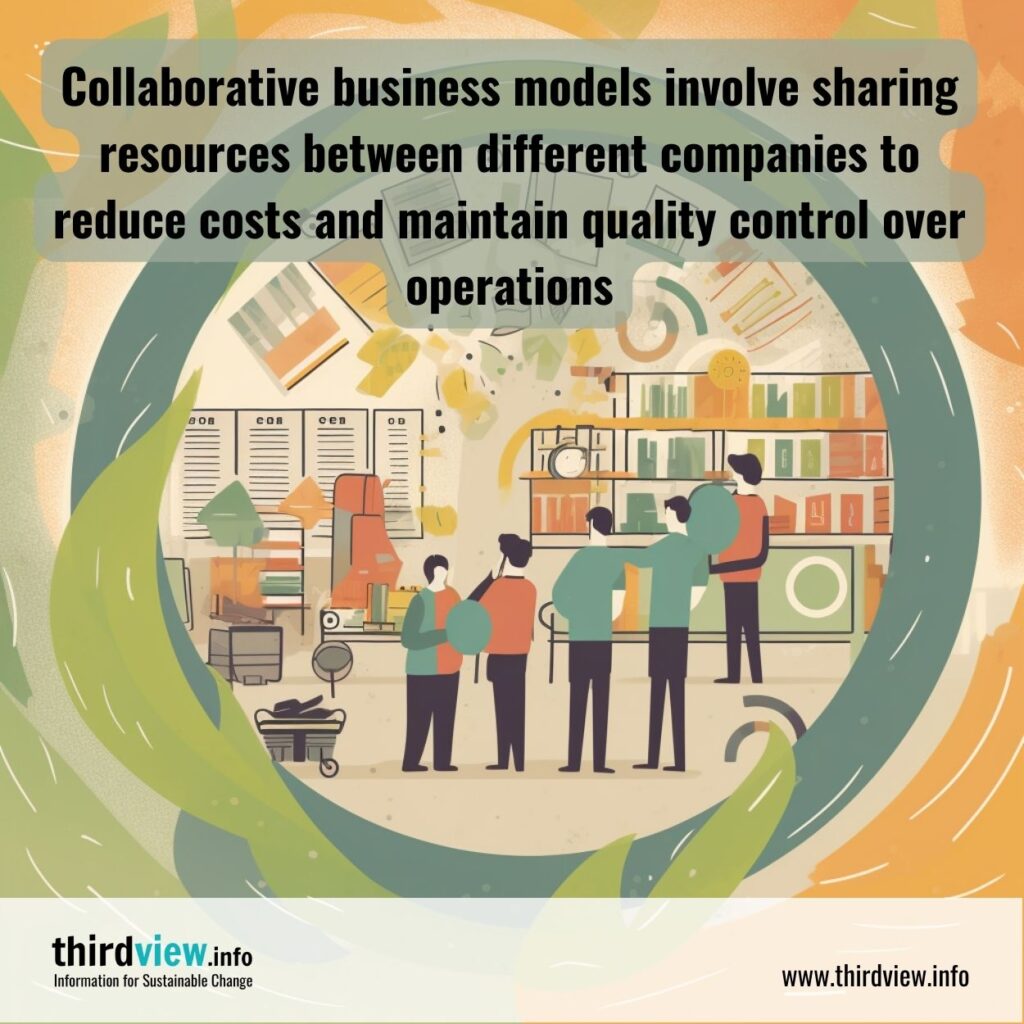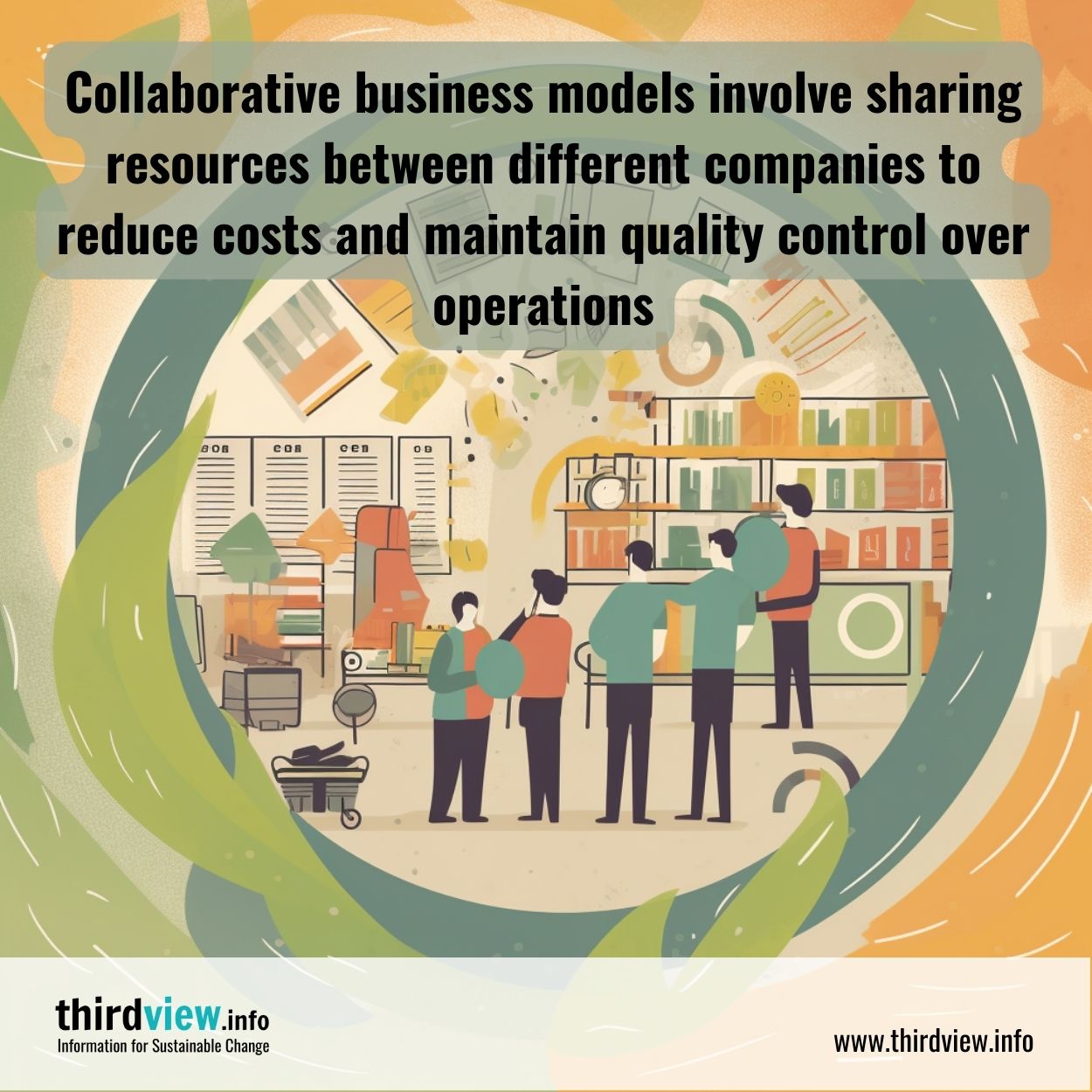The traditional economic model is linear—you take raw materials, convert them into products, and then discard them once they have been used. In recent years, however, there has been an increasing focus on adopting a circular economy model. This approach focuses on reducing waste and reusing resources so that businesses can operate sustainably. There are potential opportunities for small businesses to benefit from this model, some of which we will explore in this blog post.
Cost Savings with Reuse and Recycling
The biggest benefit of the circular economy model for small businesses is its emphasis on reuse and recycling. By taking advantage of existing materials and products instead of buying new ones, small businesses can save significant amounts of money in the long run. Additionally, they can reduce their production costs by using fewer (or even no) raw materials when creating their products or services. For example, a clothing manufacturer might purchase fabric scraps from another company to make their garments instead of buying brand-new fabric rolls every time they need to restock their inventory.
Product Lifecycle Management
The goal of the circular economy is to keep products in circulation for longer periods. One way that small businesses can do this is through product lifecycle management (PLM). PLM involves designing durable and repairable products that have a longer lifespan than those created under the traditional linear economy model. Additionally, it’s important to make sure that products are easy to disassemble when they reach the end of their life cycle so that components can be reused or recycled instead of being thrown away.
Collaborative Business Models
Collaborative business models are also becoming increasingly popular under the circular economy framework. These models involve sharing resources between different companies rather than having each one produce its own materials and products independently. For example, two companies might share office space or equipment in order to reduce costs while still maintaining quality control over their respective operations. By working together, both parties benefit from reduced costs while also helping reduce their environmental impact by conserving energy and resources.
Adopting a circular economy model provides numerous benefits for small businesses looking to reduce costs and improve sustainability practices without sacrificing quality control over their operations. Reusing and recycling help take advantage of existing materials and products; product lifecycle management encourages companies to design durable and repairable products; and collaborative business models allow multiple firms to share resources in order to reduce costs while still maintaining high standards for quality control over their respective operations. By implementing these strategies, small businesses can reap all the benefits provided by a circular economy system without sacrificing success or profits.


